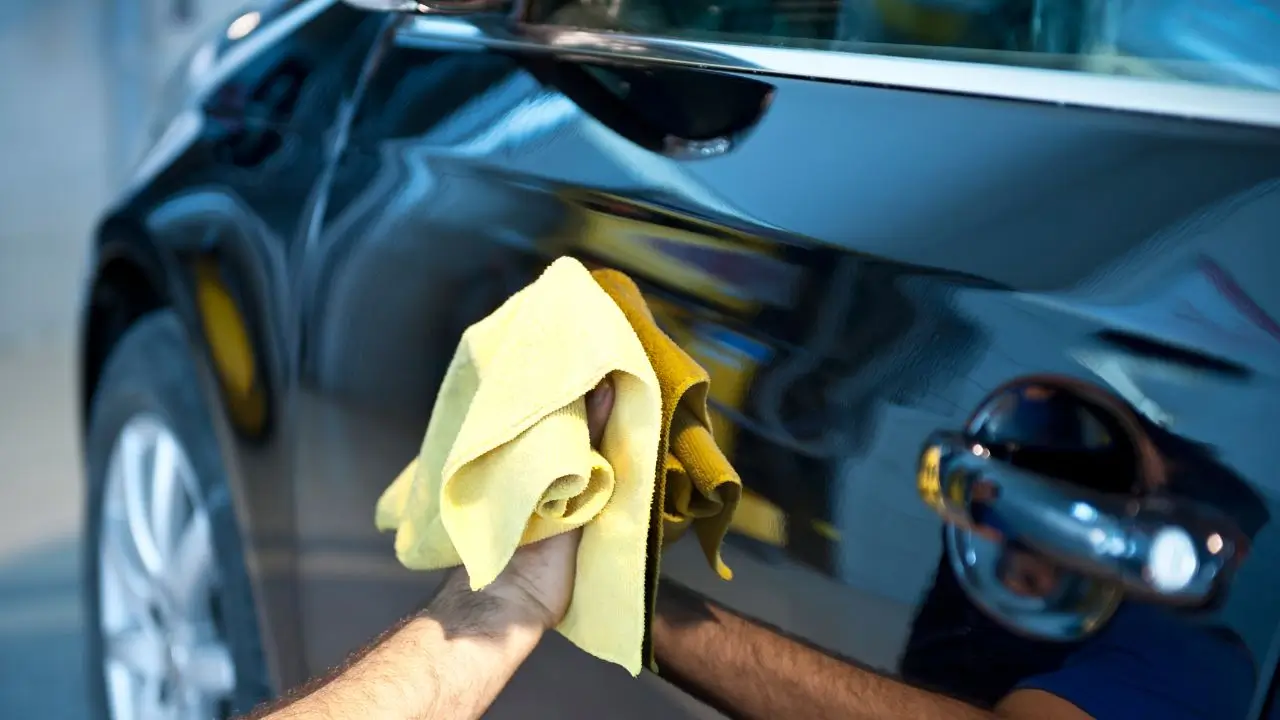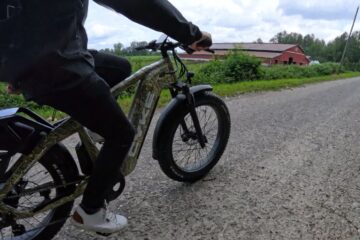Car wash detailing Calgary are supposed to make your vehicle shine, restore its polish, and help preserve its value. But if done incorrectly, they can actually have the opposite effect. Many drivers unknowingly make mistakes during the washing process that lead to scratches, faded paint, rust, or even long-term structural damage. Whether you’re an experienced detailer or a weekend car-care enthusiast, being aware of common missteps is essential to maintaining your vehicle’s integrity. Here are ten car wash mistakes that could do more harm than good—and how to avoid them.
Washing Under Direct Sunlight
One of the most common yet overlooked mistakes is washing your car under direct sunlight. On a hot day, it might seem convenient to pull out the hose and get started, but this environment causes water and soap to evaporate much faster than usual. The result is unattractive water spots, streaks, and a residue that dulls your car’s finish. Sun exposure can also make cleaning products react differently, often leading to uneven application and staining. Ideally, you should wash your car in a shaded area or during cooler parts of the day, such as early morning or late evening.
Using Dish Soap or Household Cleaners
While dish soap excels at cutting grease from your pots and pans, it’s a poor choice for your car’s exterior. These soaps are far too harsh and can strip off protective wax coatings meant to shield your vehicle’s paint. Over time, repeated use can lead to a faded, chalky finish and increased vulnerability to environmental contaminants. Car-specific shampoos are specially formulated to clean without compromising the protective layers or damaging the clear coat.
Scrubbing With Dirty or Inappropriate Towels
The wrong towel can quietly wreak havoc on your car’s paint. Many drivers grab whatever cloth is nearby, often a bath towel or old T-shirt, without realizing that debris embedded in the fabric can cause micro-scratches. Even if the towel feels soft, it may carry small grains of dirt or dust that get ground into the paint. Microfiber cloths are the gold standard when it comes to safe and effective car drying and polishing. They’re soft, lint-free, and designed to lift contaminants rather than push them across the surface.
Using One Bucket for Everything
It might seem efficient to fill one bucket with soapy water and get to work, but this simple act can cause circular swirls and scratches. Dirt transferred from the sponge or mitt back into the bucket contaminates the water and gets reintroduced to the car’s surface. The best method is the two-bucket system: one for soapy water and one for rinsing your mitt. This setup helps isolate the grime and reduces the chances of rubbing abrasive particles into your vehicle’s paintwork.
Skipping the Pre-Wash Rinse
Jumping straight into scrubbing without a proper rinse is another dangerous habit. Loose dirt and dust on the car’s surface are abrasive, and scrubbing them immediately without flushing them off first can scratch the clear coat. A thorough rinse helps loosen up debris and provides a safer foundation for your actual cleaning process.
Cleaning Wheels with the Same Tools
Brake dust and road grime on wheels are typically much harsher than the contaminants on your car’s body. Using the same sponge or brush on both surfaces transfers these abrasive materials from the wheels to the paint, increasing the risk of damage. For safe and effective cleaning, always use dedicated brushes or cloths for your wheels and tires, and keep them separate from the tools used on paintwork.
Neglecting the Undercarriage
Your car’s undercarriage is the most exposed part of the vehicle when it comes to road salt, mud, and dirt. Yet it’s often ignored during routine washes. Over time, these materials can cause rust and corrosion, especially in areas with heavy rainfall or salted roads. Including a targeted rinse of the undercarriage in your wash routine helps preserve the structural integrity of your vehicle and avoids costly damage that isn’t visible from the outside.
Relying Too Much on Automatic Car Washes
While automatic car washes offer speed and convenience, they can also be a shortcut to paint damage if used too often. Many systems use stiff brushes and recycled water that may contain dirt particles. Poorly maintained equipment can leave scratches, strip wax layers, or even crack delicate trim pieces. If you must use one, opt for touchless systems and avoid going weekly. Better yet, learn the basics of a proper hand wash for the best long-term care.
Drying With Bath Towels or Air Drying
Letting your car air dry might seem harmless, but it often leaves behind water spots caused by minerals in the water. Using bath towels, on the other hand, presents a different issue: lint. These towels shed fibers and may contain rough seams or tags that scratch the surface. A microfiber drying towel is the safest and most effective solution. It absorbs water quickly and won’t mar the paint or windows.
Skipping Waxing Altogether
Waxing might sound like an optional extra, but it plays a crucial role in protecting your vehicle’s exterior. Besides giving the car a glossy finish, wax acts as a barrier against UV rays, acid rain, bird droppings, and pollutants. When you skip waxing, your paint remains exposed to these elements and begins to oxidize over time. Even applying wax just a few times a year can significantly extend your car’s visual appeal and overall health. Ready to transform your ride into a showstopper? Discover expert shine and care at Cardetailcalgary.com where every detail matters.



